|
Under the Federal Lands Recreation Enhancement Act, national parks keep 80% of all fees collected and use that money to fund critical projects that improve services and protect resources. In Yellowstone, fee revenue provides $12.1 million a year on average for accessibility improvements, campgrounds, infrastructure, roads, native fish restoration, aquatic invasive species mitigation, and more. Read a few examples below, and remember, they were only possible because of money collected from park fees. 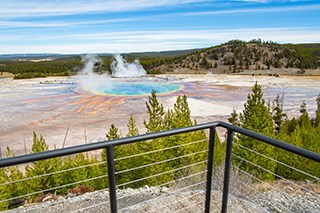
Grand Prismatic Overlook Trail 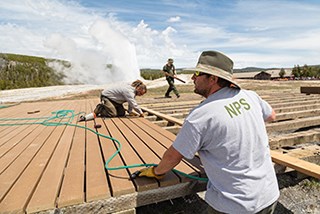
Old Faithful Boardwalk Replacement 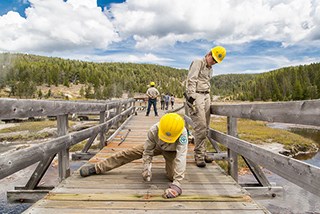
Yellowstone Youth Conservation Corps 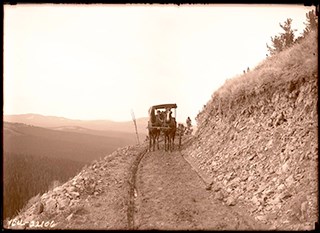
Digitizing Historic Photos & Documents 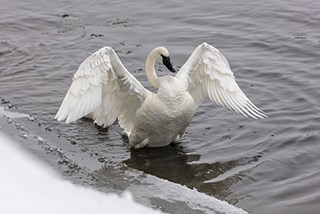
Waterfowl Monitoring 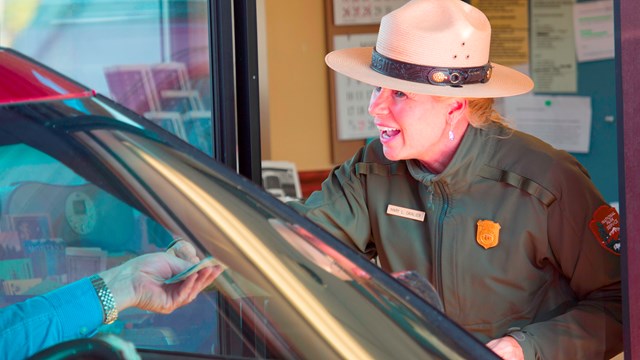
Fees & Passes
Learn about the fees and passes that are available. 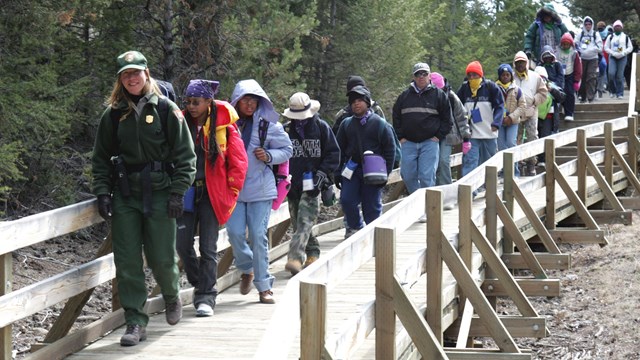
Academic Fee Waivers
Learn how your academic institute can apply for a fee waiver. |
Last updated: April 18, 2025
